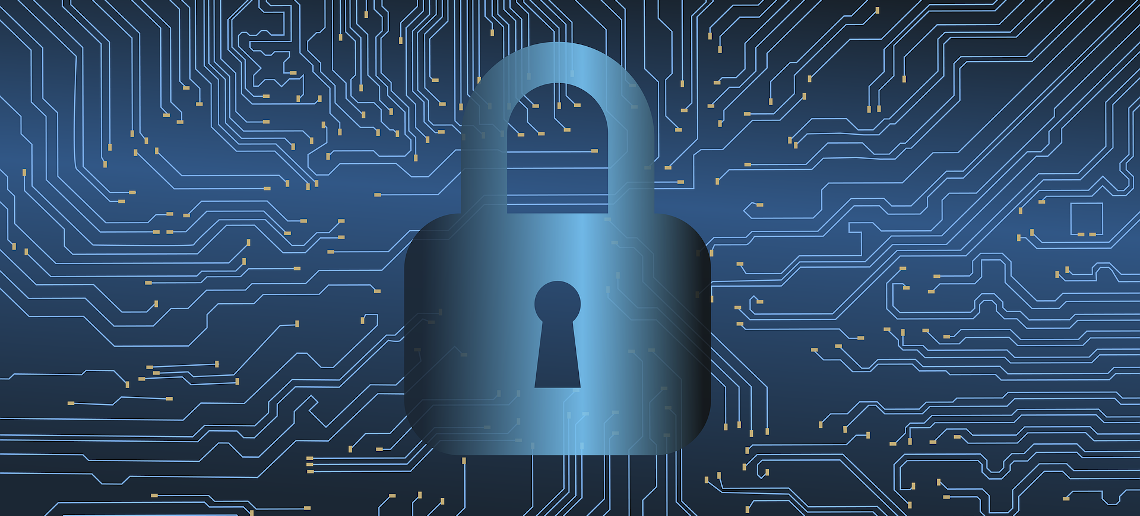Governor John Bel Edwards reported that several school districts in Louisiana were recently struck by cyberattacks. So it follows that big businesses and government aren’t the only targets of cybercriminals.
With more and more students becoming digital natives, it is important that educators support and empower their understanding of good cybersecurity practices.
To that end, what do students need to remember about cybersecurity?
Personal information is a precious commodity
Over one million children were victims of identity theft just a little under two years ago, according to Javelin Strategy & Research’s report. The data also found that most victims were under the age of 7.
A child’s personal information is considered a precious commodity to thieves as their social security records are “clean”. This makes them ideal for anyone taking out a loan or applying for credit cards under fraudulent circumstances.
E-learners need to remember that their personal information they share or are shared by others can be used by criminals. Educators can help by teaching about privacy settings and social media smarts.
Free WiFi isn’t really free
The average cost of a mobile internet connection can reach anywhere from $39.99 to $80 per month, according to Reviews.org. It isn’t surprising that not all school kids are given phone plans that give them access to the net despite their smartphones having internet capability.
So what kids usually do is they make use of free or public WiFi connections.
What they don’t realize is that those connections are quite risky. Public WiFi connections open kids up to malware distribution and man-in-the-middle attacks.
Students need reminding about not enabling file sharing on devices and having a good antivirus program on their phones or tablets. And, if at all possible, they should avoid connecting to random “free” WiFi hotspots.
It only takes one wrong click
Cybersecurity works a lot like herd immunity; it only works when around 83%-94% of the population are suitably inoculated. It is important that students understand that while they personally may have strong cybersecurity standards, they must not assume that others are the same.
It only takes one wrong click on a malware link or phishing email for a system to be overcome by a virus or cyberattack.
As educators, constant yet gentle reminders about being discerning about emails or private messages they view can open up the floodgates to a compromised unit.
Password sentimentality is bad
Everyone has their favorite password. It is generally easy to remember and is often used for several different accounts. The trouble with this is that once a hacker or malware manages to get ahold of that password, all accounts using that password are now vulnerable.
Students need to be taught that they need to build strong and impersonal passwords. They also need to be taught that passwords should be changed every one to three months.
An additional issue to promoting impersonal passwords is that they can be difficult to remember. People tend to forget impersonal passwords after a day or two, especially when they’re not using them regularly.
Educators can help by introducing the importance of password managers like LastPass, Dashlane, and many more.
E-learning’s necessary role
Any educator knows that simply reminding students about the risks of the internet isn’t enough. This is where e-learning can step in.
Using helpful mobile apps like Nova Labs Cybersecurity Lab or OnGuard Online: The Case of the Cyber Criminal can give students an interactive and memorable method to recall smart cybersecurity protocols.
Students can also be directed toward websites that teach about cybersecurity specifically.
Educators also need to reach out to parents and get them involved. It isn’t just the kids that need to be onboard with online safety—parents can be putting their kids at risk by accident.
Read more: Ensuring online safety in schools is everyone’s business
Everyone stands to benefit from increased cybersecurity knowledge and e-learning can help lead to it.
Wrapping up
Good cybersecurity practices are as essential as knowing the safety protocols needed prior to crossing the street. As the future is leaning heavily toward the digital frontier, educators need to roll with the times in order to help their students prepare.
Knowing a thing or two about cybersecurity do’s and don’ts can also help the educator in their own lives and in future classrooms they hold.







